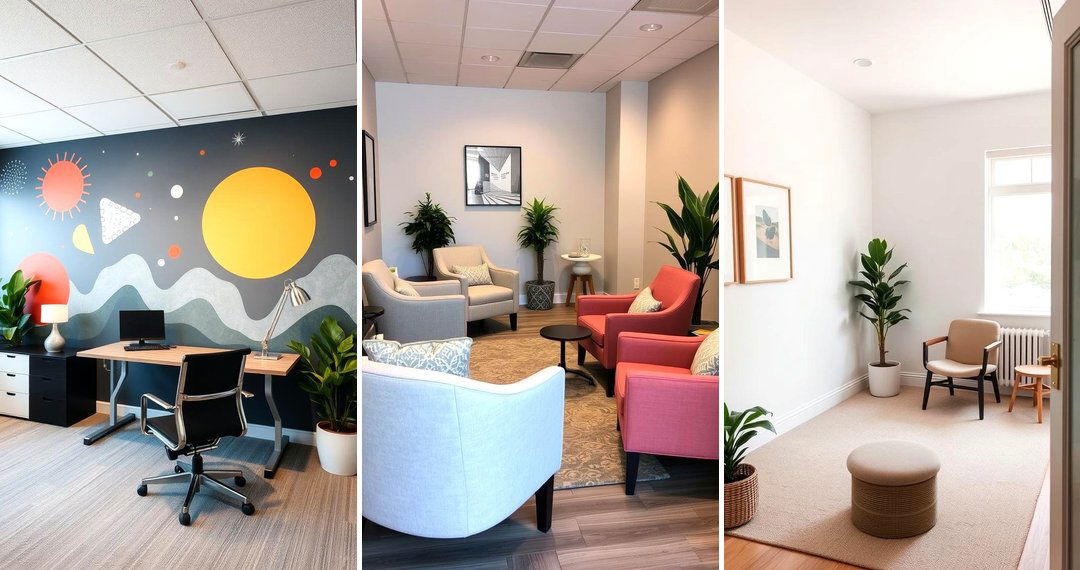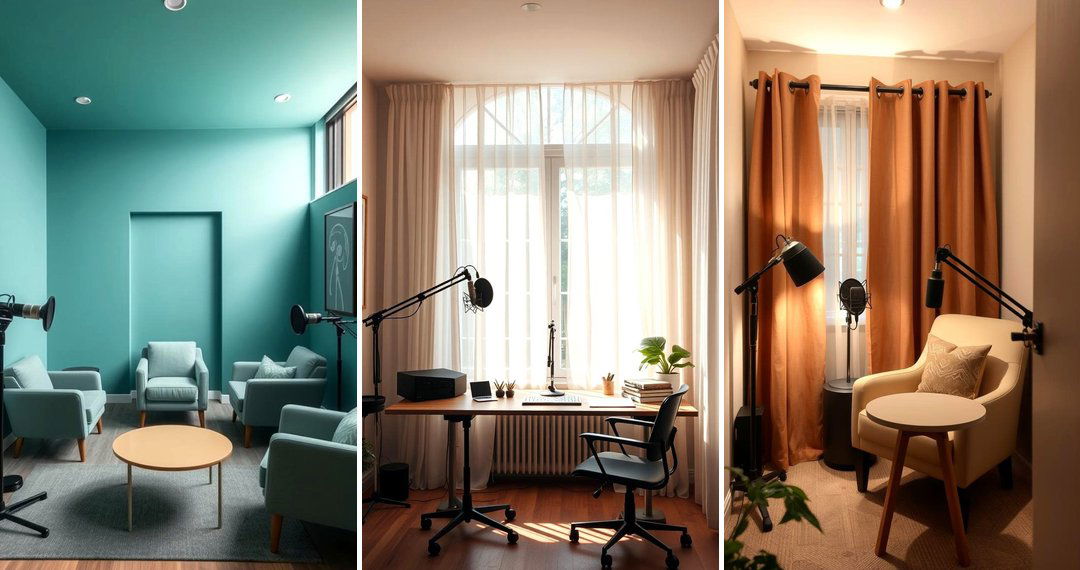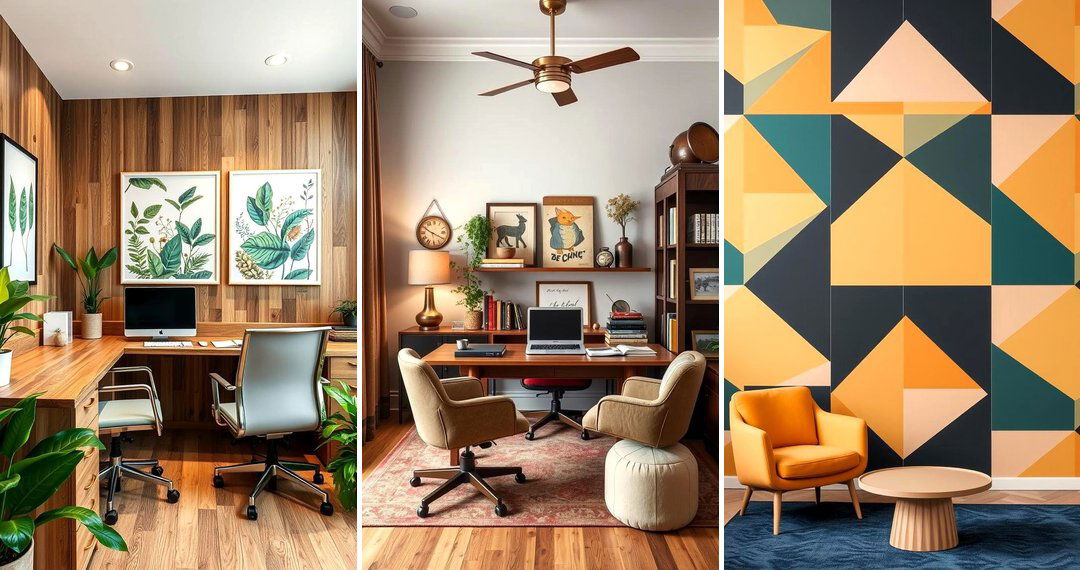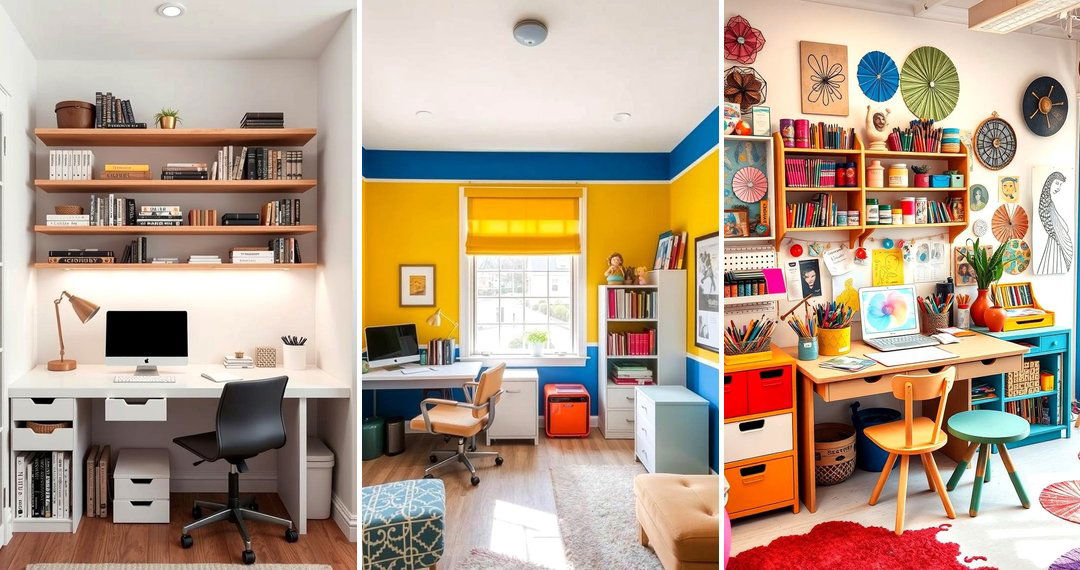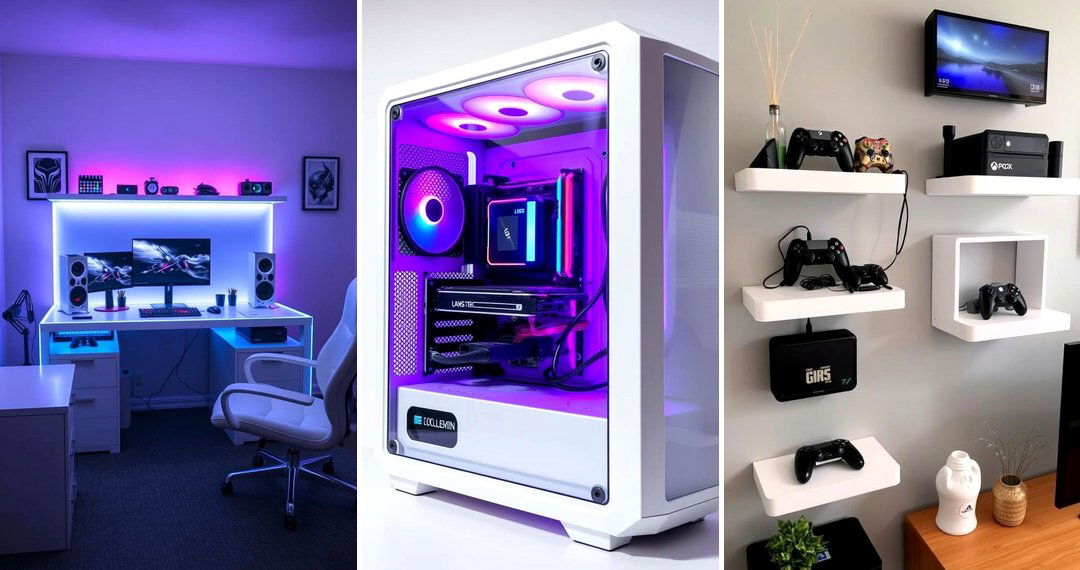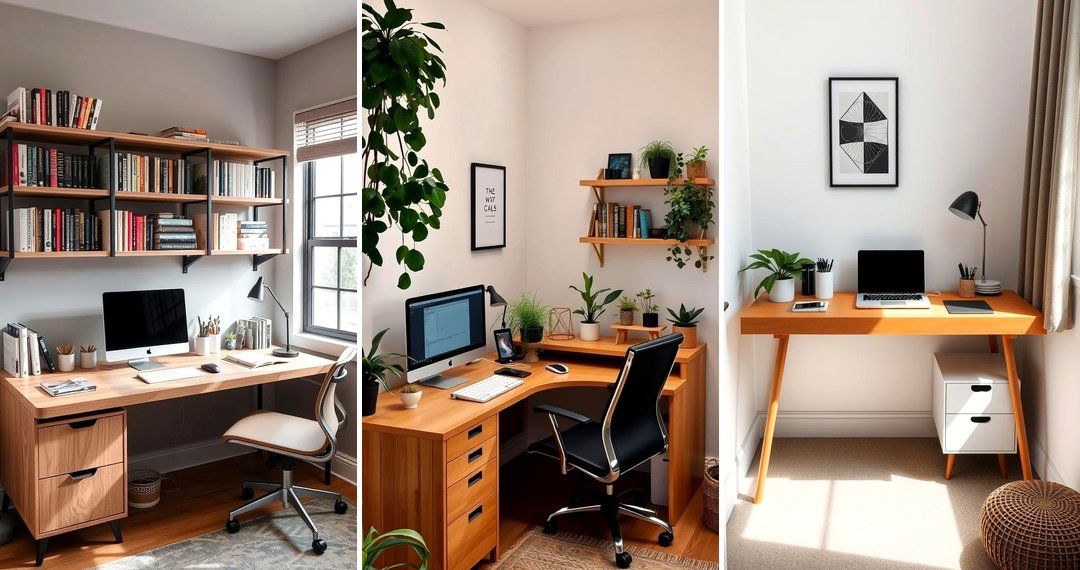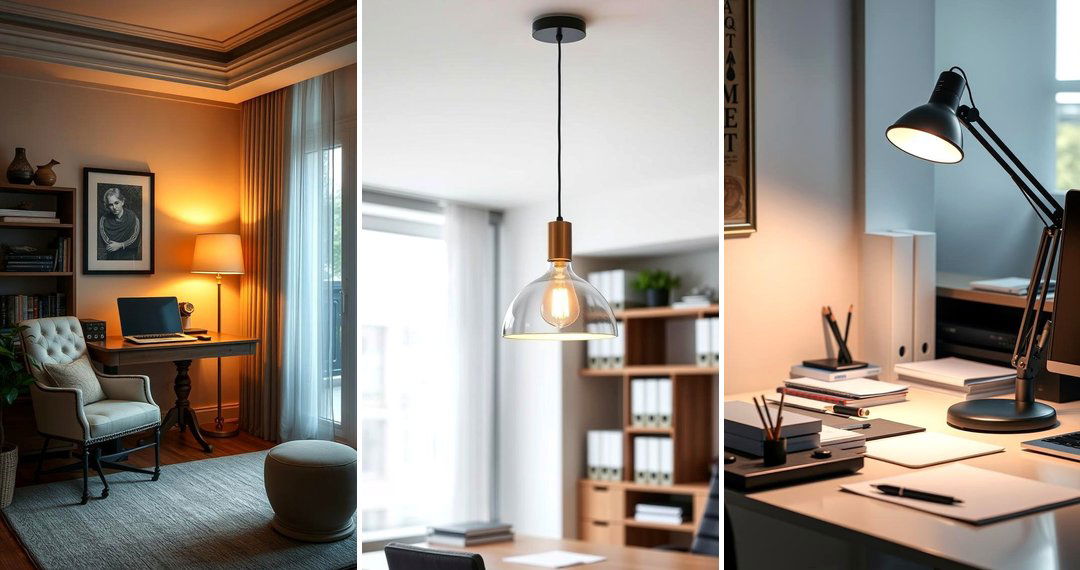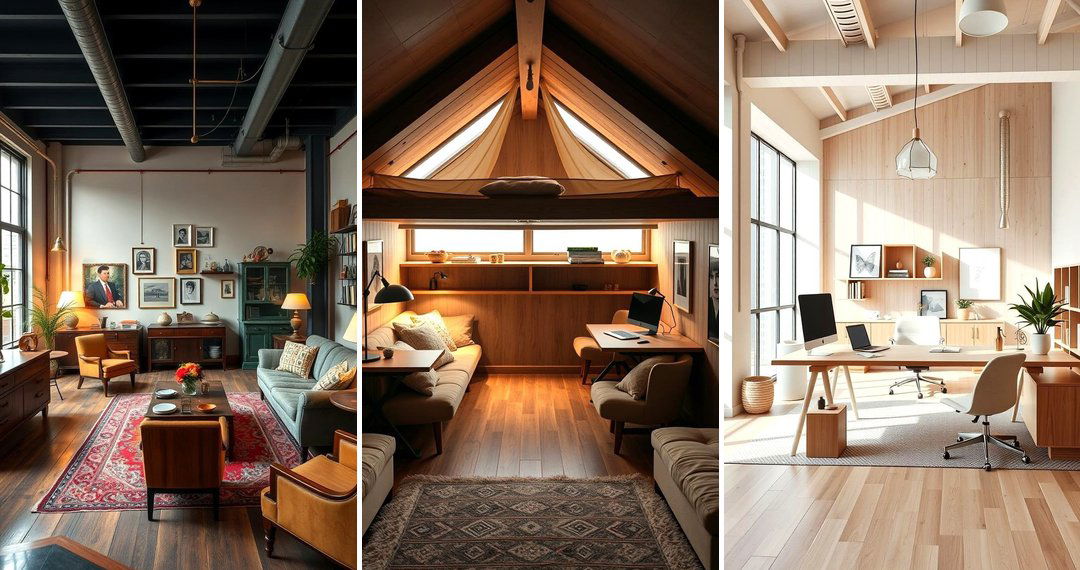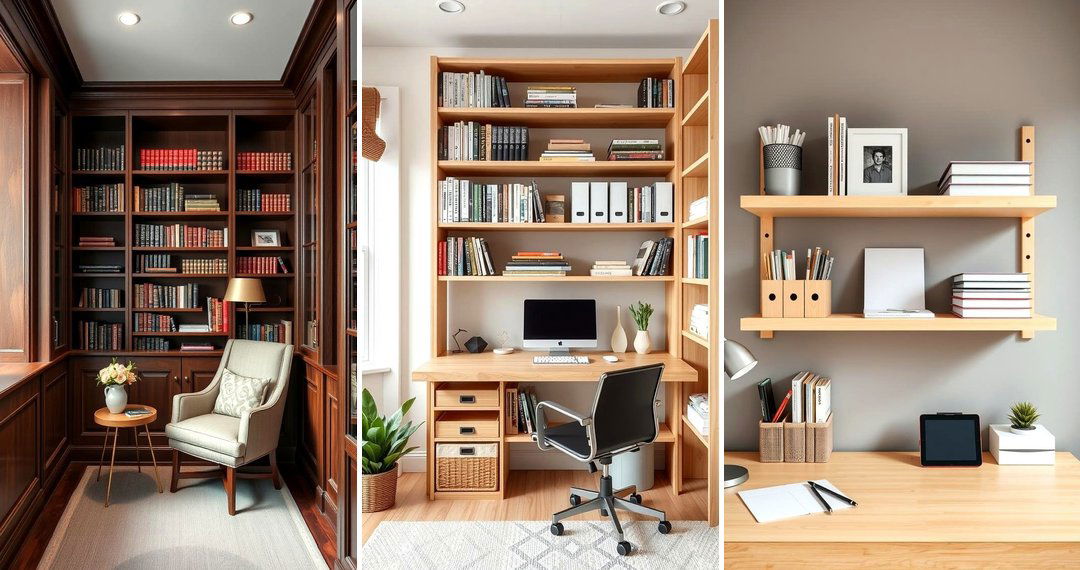Welcome to a collection of innovative ideas designed to transform therapist rooms into nurturing havens of healing and creativity. These thoughtfully crafted spaces blend calming aesthetics with practical design elements, empowering therapists to cultivate environments that foster emotional well‐being and open dialogue. Every concept here has been created with both functionality and inspiration in mind—from nature-infused retreats to eco-conscious designs. Each idea offers unique insights and practical tips that support personal growth and professional excellence. Embark on a journey of transformation and explore 24 Therapist Room Ideas.

1. Serene Sanctuary
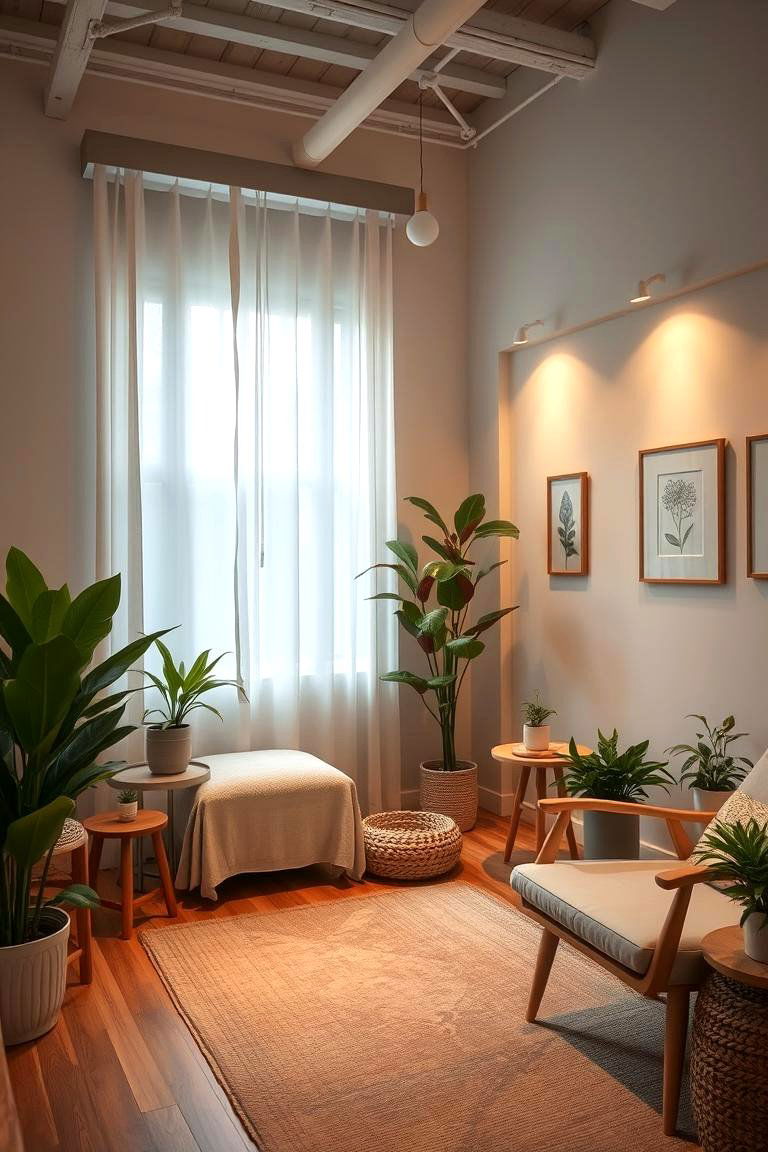
Envision a tranquil space where every detail soothes the mind and body. A serene sanctuary blends soft lighting, muted color palettes, and natural textures to create an environment that relaxes both therapists and clients. This design encourages calm, reducing stress and promoting open communication during sessions. Thoughtfully arranged furniture, comfortable seating, and gentle decor elements support mental clarity and focus. Incorporate natural accents such as plants or water features to enhance the peaceful atmosphere. This practical yet inviting idea transforms therapy sessions into moments of mindful healing.
2. Nature-Inspired Retreat
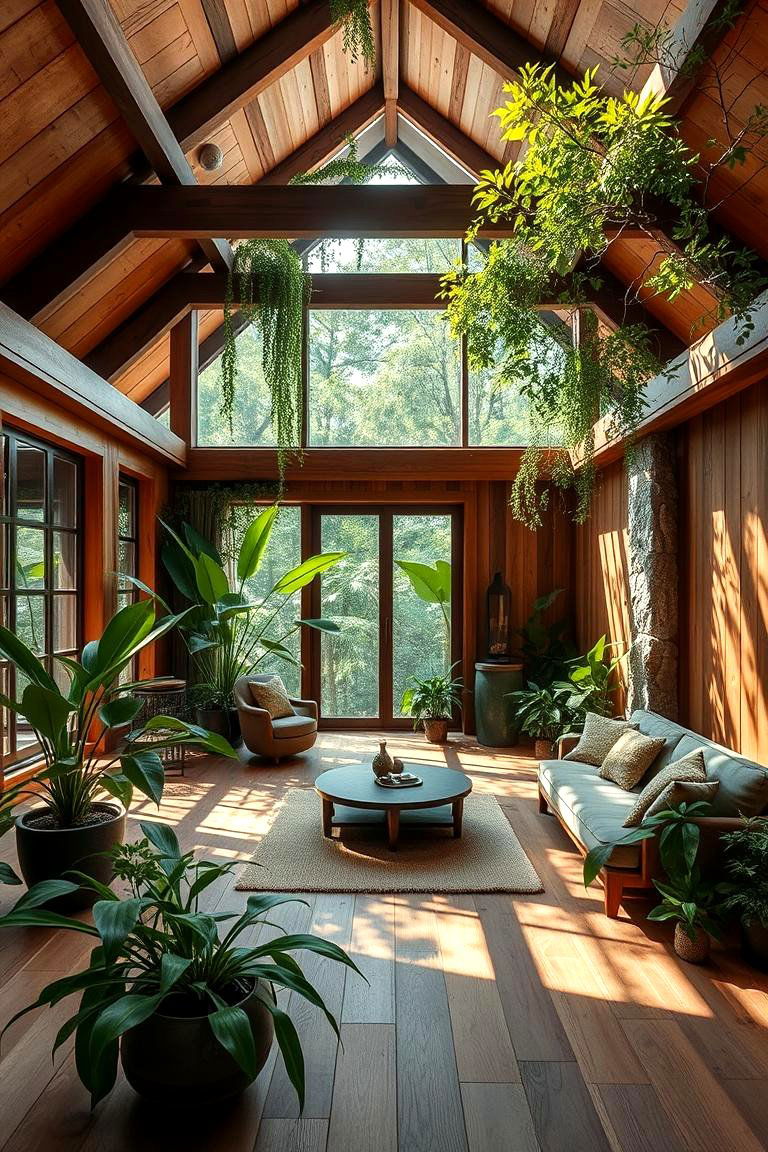
Imagine stepping into a nature-inspired retreat where earthy hues and organic materials bring the outdoors inside. This therapist room idea uses natural wood finishes, stone accents, and green plants to evoke a sense of calm and renewal. Soft natural light and airy fabrics create a warm environment that fosters relaxation and self-reflection. The use of natural textures encourages mindfulness, while a balanced layout promotes easy movement and accessibility. Practical design choices uplift mood and support emotional healing throughout every session.
3. Artistic Expression Hub
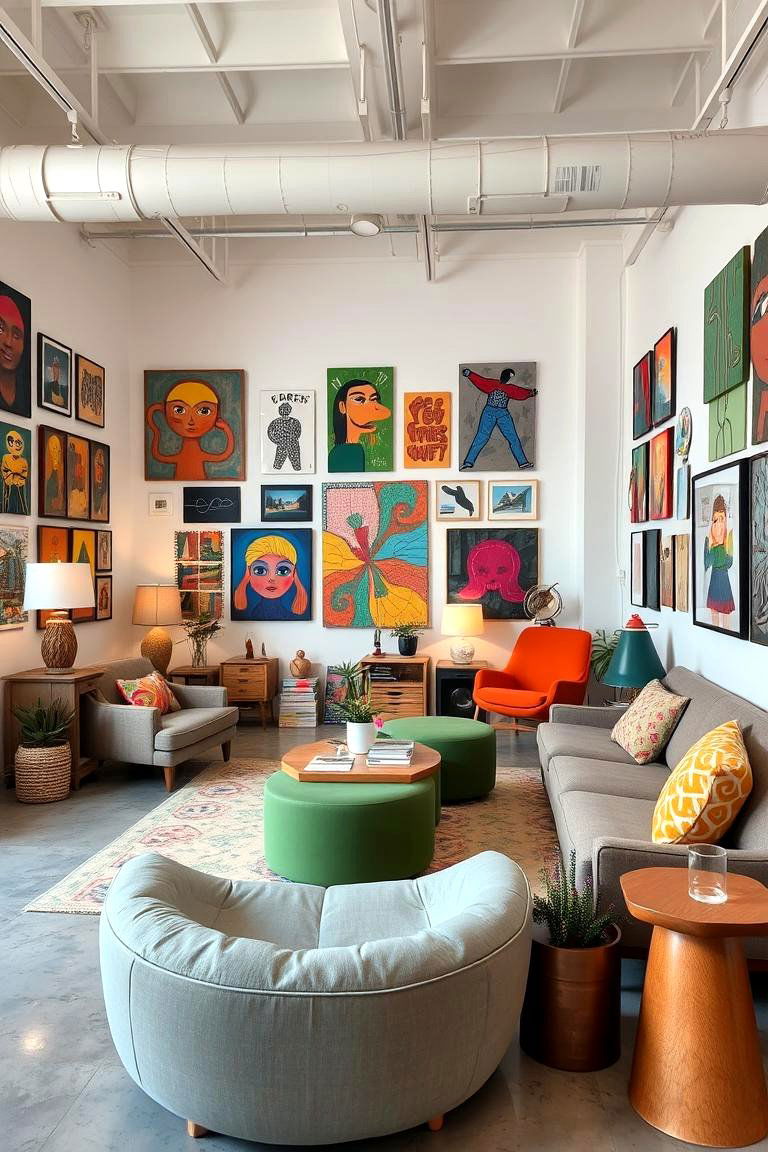
At the heart of creative therapy lies an artistic expression hub that sparks imagination and fosters healing. This room features vibrant artwork, eclectic decor, and flexible seating arrangements designed to inspire both therapists and clients. Bold colors combined with soft textures encourage dialogue and emotional exploration. The space is arranged with artistic flair and carefully selected pieces that evoke thought and reflection. Including areas for creative expression, such as a sketch nook or display wall, further enriches the therapeutic experience and supports self-discovery.
4. Minimalist Calm Space
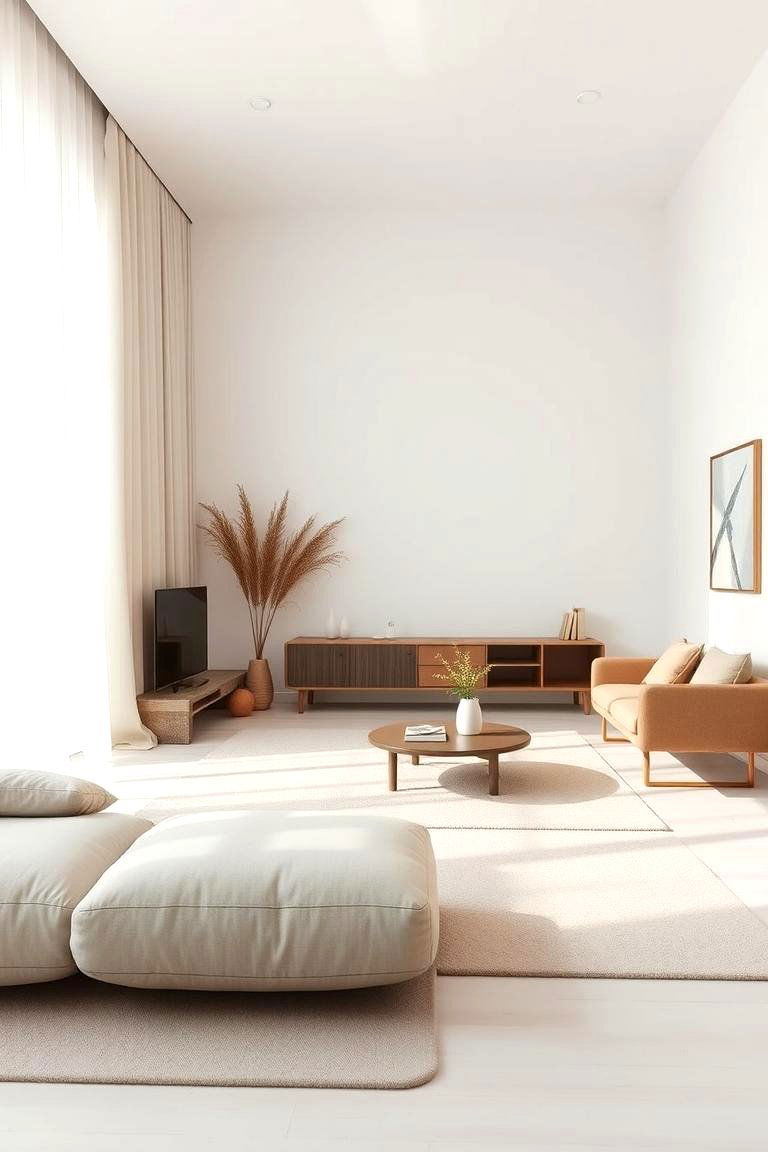
With simplicity at its core, a minimalist calm space fosters focus and reduces distractions. This design strips away clutter to highlight essential elements that promote a peaceful and orderly environment. Neutral tones, clean lines, and efficient layouts work together to create an open and welcoming room. Subtle accents and carefully chosen furnishings add warmth without overwhelming the space. Practical tips like using multifunctional furniture and hidden storage maintain an uncluttered look, ensuring therapy sessions remain centered on client well-being and effective communication.
5. Color Therapy Oasis

Surprisingly vibrant, a color therapy oasis transforms a therapist room into a space of emotional balance. With strategically chosen hues that evoke calmness and energy, this design integrates soft blues, warm yellows, and earthy greens to uplift mood and stimulate conversation. Each color is selected for its psychological benefits, creating an atmosphere that supports healing and creative expression. Textured fabrics, complementary decor, and subtle lighting enhance these tones, resulting in a dynamic yet soothing environment for transformative sessions.
6. Zen Garden Ambience

Imagine a space that mirrors the simplicity and balance of a Zen garden, offering calm and clarity. This therapist room idea features natural stone accents, minimalistic decor, and a neutral palette that invites mindfulness. Incorporating indoor plants and subtle water elements adds to the serene vibe. Carefully arranged seating and soft, diffused lighting create an environment that eases tension and encourages introspection. Embracing natural design, this room nurtures mental well-being and supports focused therapy sessions.
7. Cozy Comfort Corner
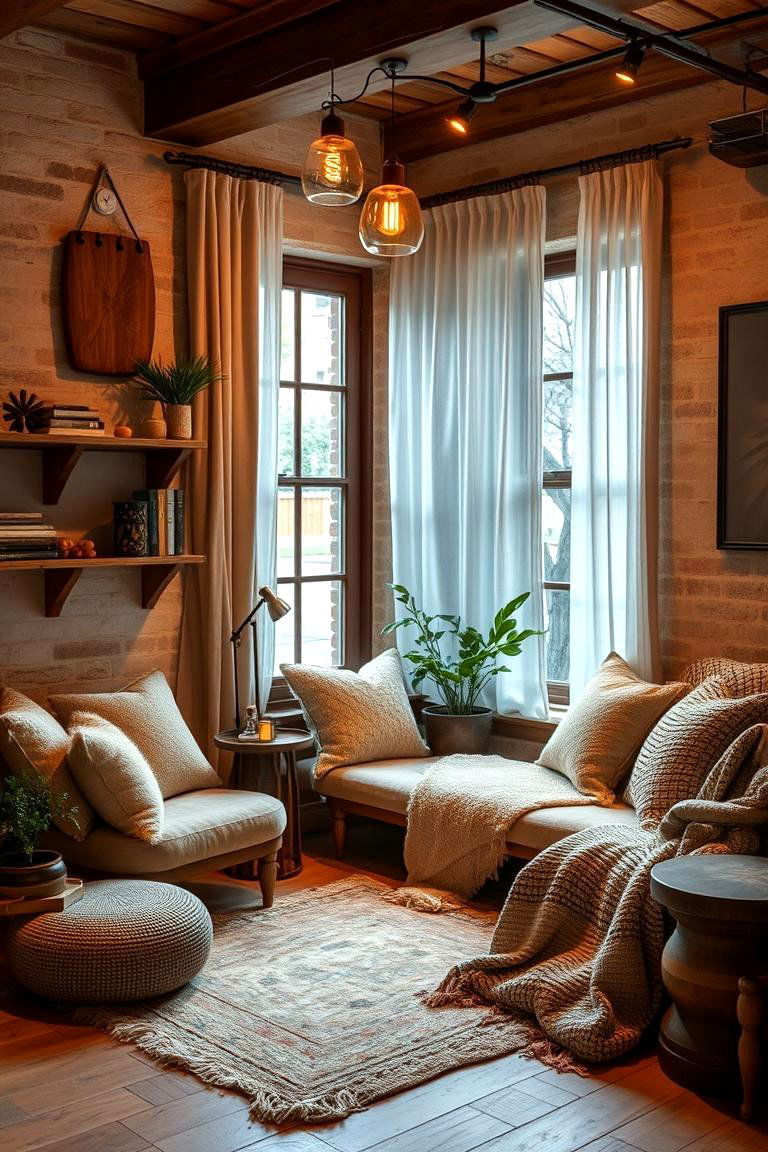
Looking for a space that radiates warmth and friendliness? A cozy comfort corner creates an inviting atmosphere with plush seating, soft textiles, and ambient lighting that makes every visitor feel at ease. This design blends rustic charm with modern touches to provide a nurturing environment for emotional healing. Subdued colors and thoughtfully arranged decor create a balance between functionality and comfort. Built-in storage and adjustable lighting further enhance the space, making it perfect for fostering relaxation and open dialogue.
8. Modern Industrial Touch
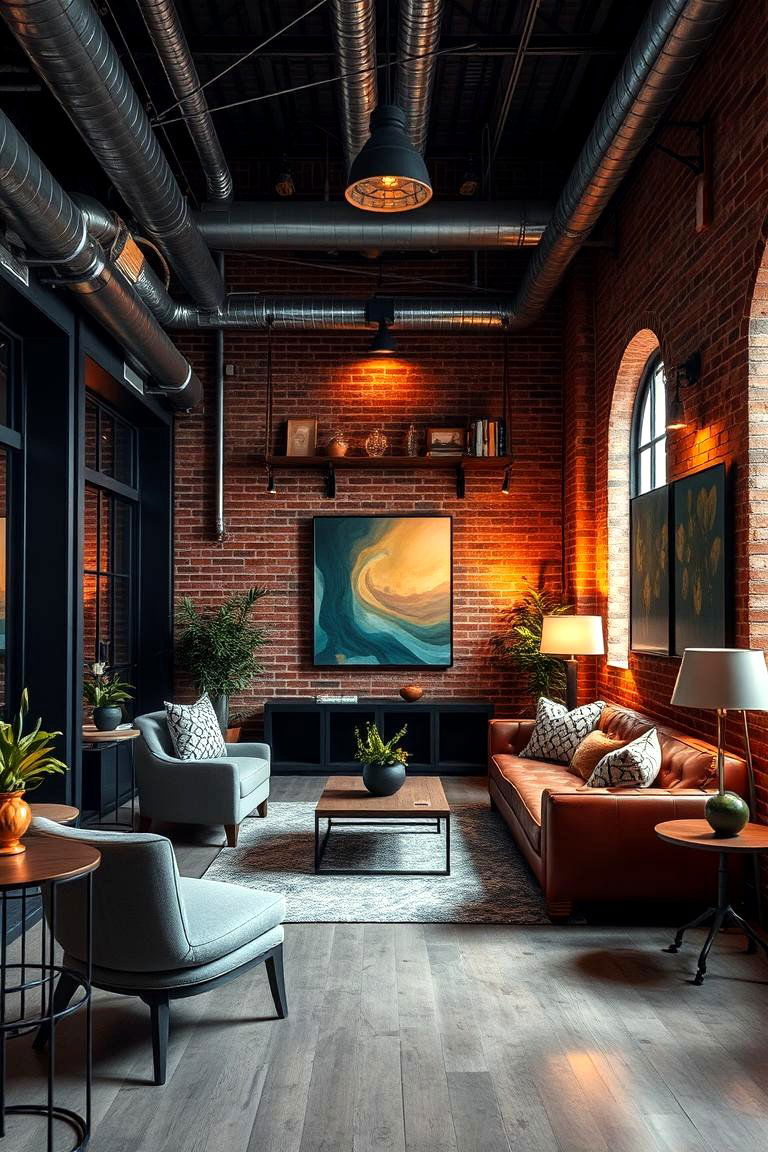
Another approach is a modern industrial touch that combines sleek lines with robust materials. This therapist room idea mixes metal accents, exposed brick, and contemporary furnishings to create a space that feels both edgy and professional. The juxtaposition of raw materials with refined decor encourages a balanced atmosphere where functionality meets creativity. Warm lighting and carefully chosen artwork soften the industrial vibe, adding a human touch to the modern design, ideal for stimulating innovative therapy sessions.
9. Rustic Charm Room
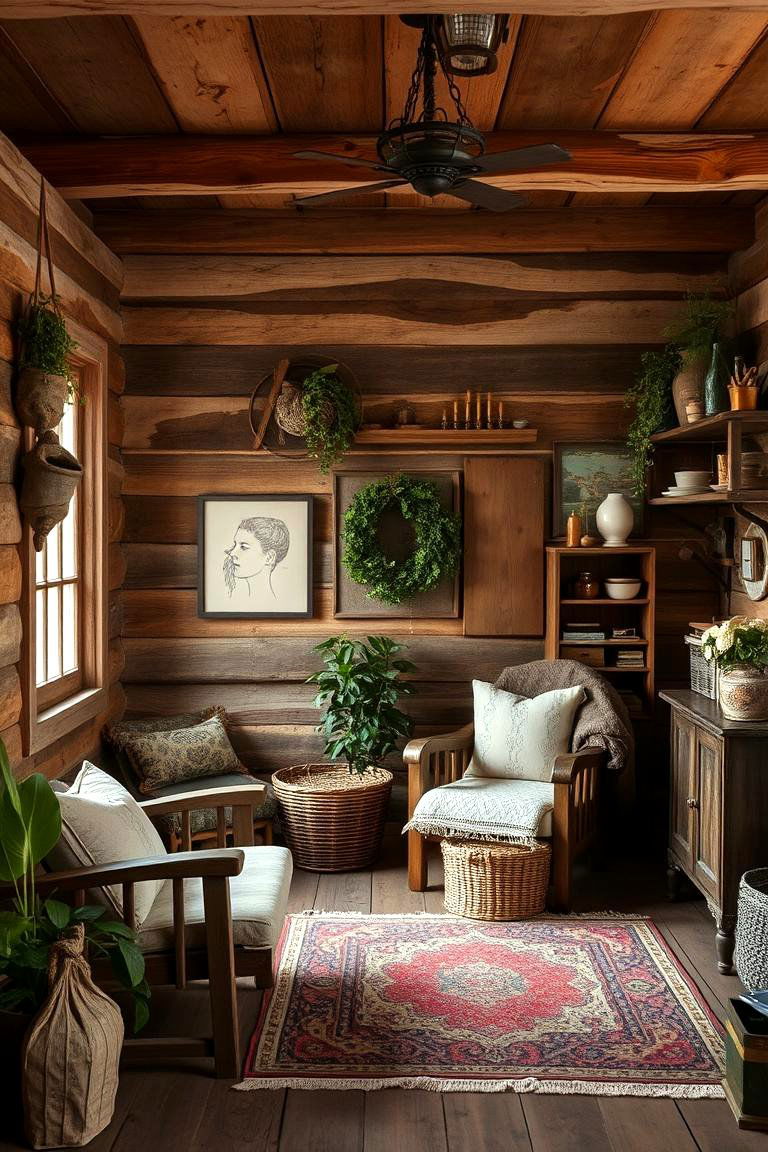
By combining vintage aesthetics with natural elements, a rustic charm room offers a warm and inviting therapy environment. This design incorporates reclaimed wood, soft textiles, and earthy accents to evoke nostalgia and comfort. Each furniture piece is chosen for its character and craftsmanship, creating a space that feels genuine and lived-in. Subtle lighting, natural decor, and carefully selected accessories work in harmony to craft a cozy, therapeutic setting that enhances relaxation and meaningful dialogue.
10. Warm Inviting Haven
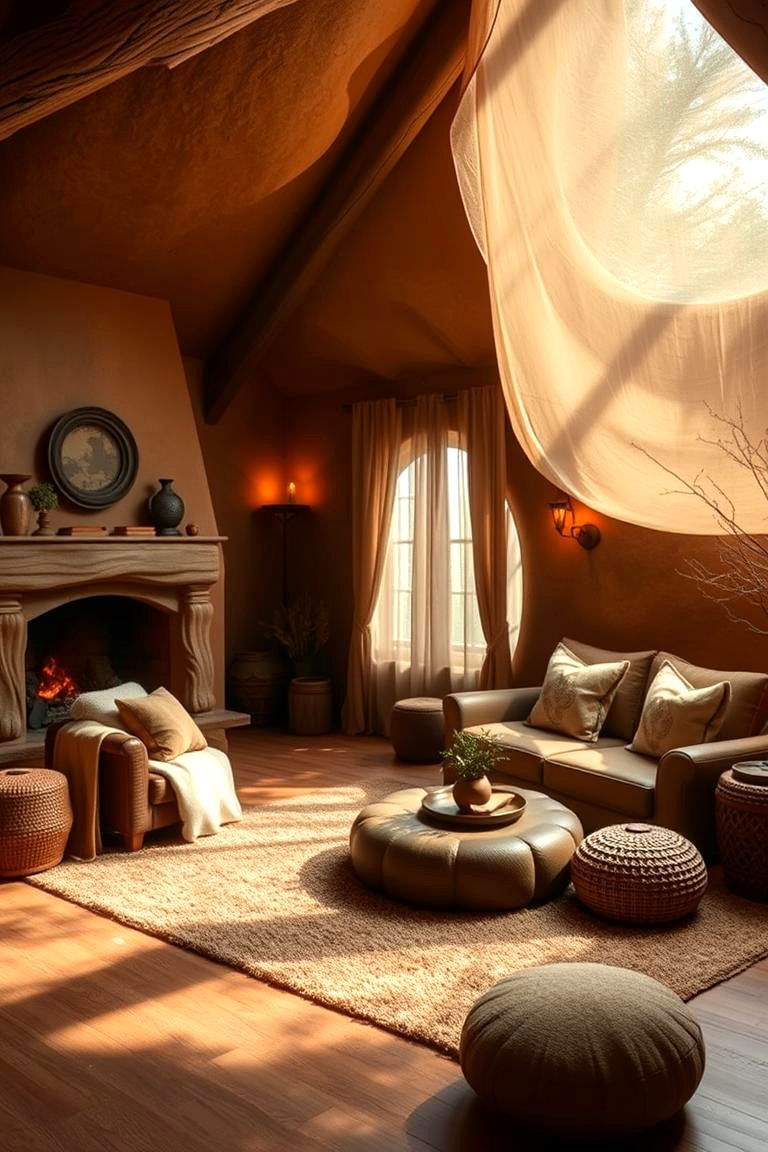
Another striking idea is a warm inviting haven designed to soothe and uplift. This therapist room concept uses rich, earthy tones, soft fabrics, and ambient lighting to create a comforting environment that feels like a gentle embrace. Inviting seating and well-placed decor provide familiarity and security, encouraging openness and trust. Natural accents such as wooden sculptures or indoor plants further enhance the soothing atmosphere, ensuring every detail contributes to a space where healing and connection flourish naturally.
11. Flexible Therapy Layout

To adapt to various therapeutic approaches, a flexible therapy layout offers versatility and comfort. This room design focuses on adjustable furniture, movable partitions, and multi-functional spaces that easily transform to meet different session needs. The layout encourages dynamic interactions and collaborative work while maintaining order and calm. Modular seating and easily rearranged tables allow the space to evolve with changing requirements, making it ideal for both traditional therapy and creative, experiential healing practices.
12. Multi-Sensory Design

Consider a space that stimulates all the senses and promotes holistic healing through multi-sensory design. This therapist room idea integrates soothing sounds, gentle scents, tactile fabrics, and ambient visuals to create a fully immersive environment. Soft music, calming aromatherapy, and varied textures invite clients to engage deeply with the space and find personal relaxation. Layered lighting and natural elements further enhance sensory experiences, encouraging mindfulness and emotional balance throughout therapy sessions.
13. Light Therapy Room
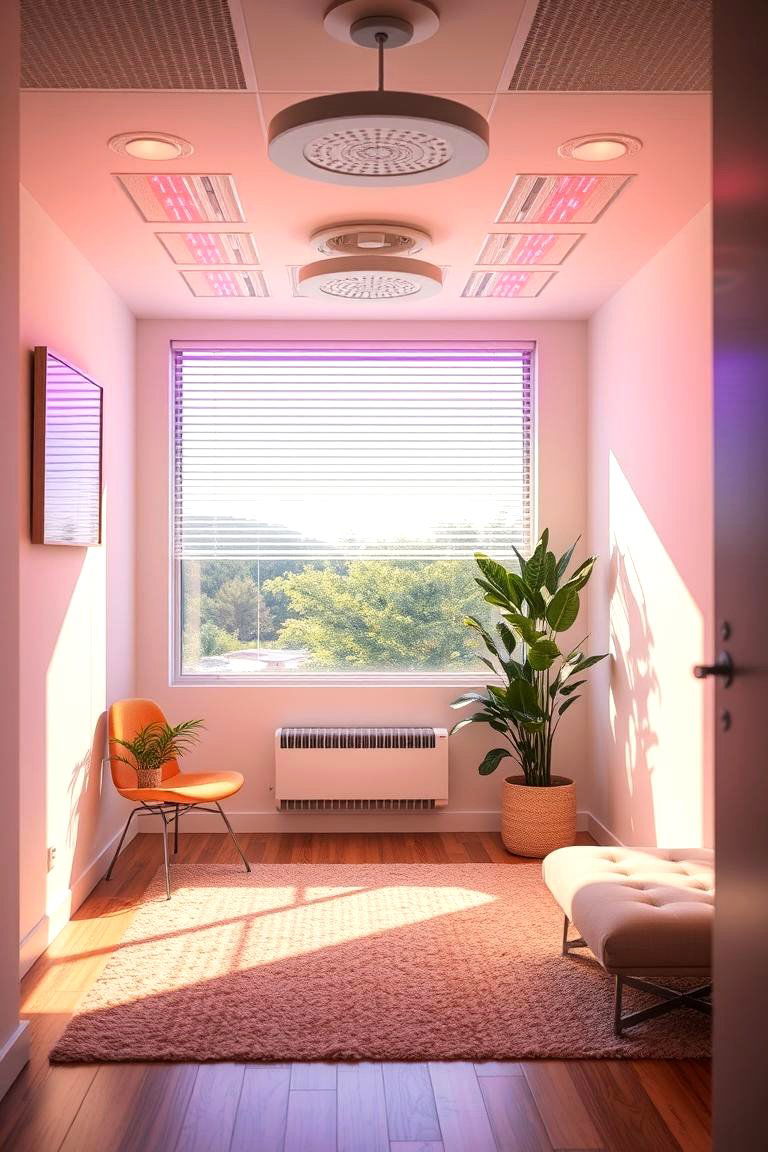
With an emphasis on the power of illumination, a light therapy room offers a bright yet calming atmosphere for healing. This design utilizes adjustable lighting, natural light integration, and color-changing LED accents to create a customizable environment. The interplay of soft shadows and gentle brightness supports relaxation and mental clarity, fostering rejuvenation. Features like dimmable lights and strategically placed fixtures enhance both functionality and ambiance, making the room a therapeutic tool for emotional and physical well-being.
14. Privacy and Tranquility
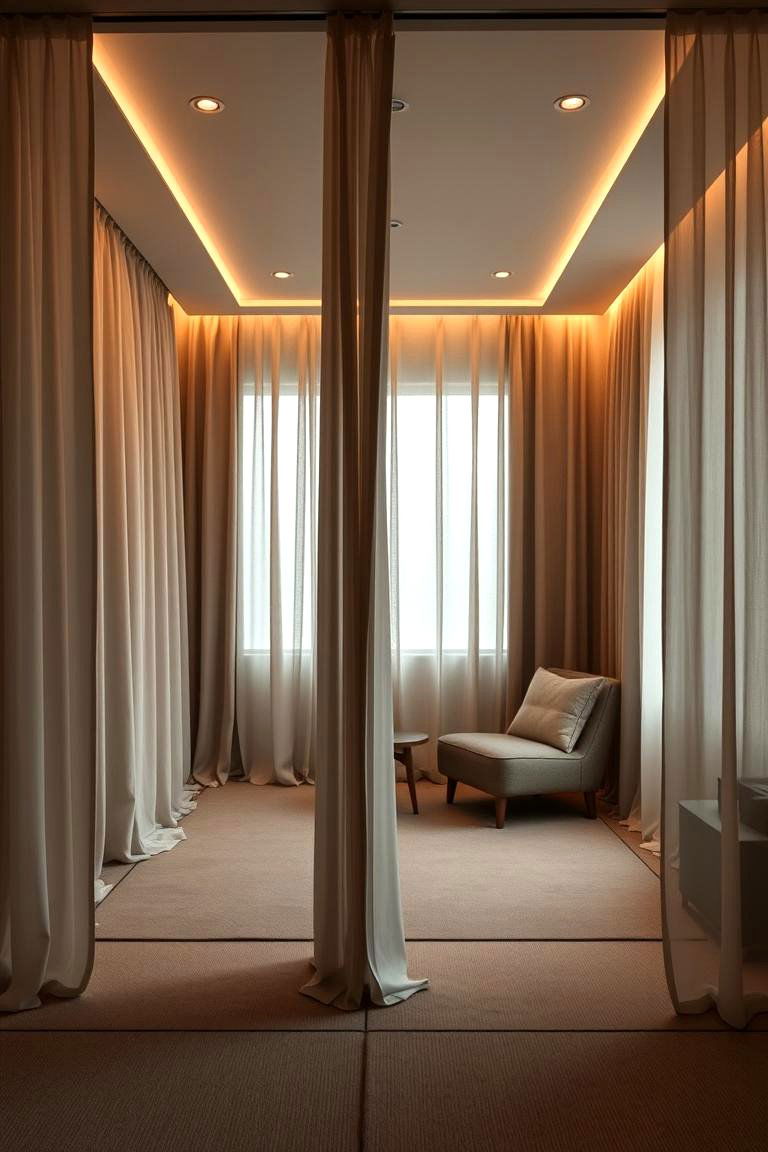
Unlike open spaces, a design centered on privacy and tranquility creates a safe retreat for healing conversations. This therapist room idea emphasizes secluded areas with soundproofing, soft drapes, and comfortable partitions that encourage honest dialogue. Warm colors and subtle textures establish an intimate atmosphere, while carefully planned seating and private nooks offer both personal space and collaborative options. Prioritizing quiet corners and natural light, this design nurtures a balanced setting where clients feel secure and empowered.
15. Biophilic Design Retreat

With nature as the muse, a biophilic design retreat incorporates organic elements to foster wellness and creativity. This concept brings the outdoors in by integrating natural materials, abundant greenery, and water features that evoke a deep connection with nature. The use of natural light, earthy tones, and living walls creates an uplifting environment that enhances emotional balance. Sustainable furnishings and eco-friendly decor further support a harmonious space, perfect for mindful therapy sessions and personal growth.
16. Cultural Fusion Space

By blending diverse cultural elements, a cultural fusion space celebrates unique traditions and innovative design. This therapist room idea uses vibrant patterns, eclectic art, and globally inspired decor to create an atmosphere that is both enriching and inviting. The combination of cultural artifacts, varied textures, and layered colors stimulates conversation and emotional exploration. A mix of modern amenities with traditional accents provides both comfort and intrigue, inspiring transformative healing experiences.
17. Calming Soundscape Studio
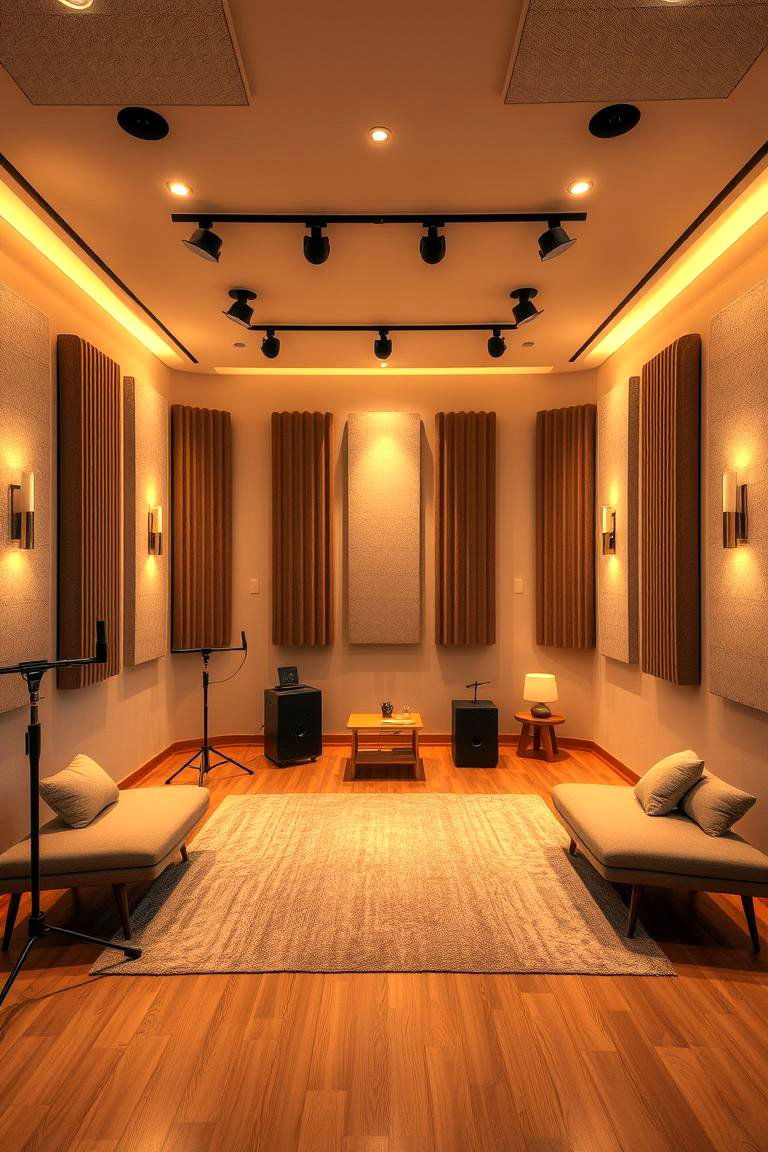
To harness the power of auditory healing, a calming soundscape studio integrates gentle acoustics and serene audio elements into its design. This therapist room idea focuses on soundproofing, soft background music, and ambient sound features to create a peaceful, immersive environment. Comfortable seating, warm lighting, and natural decor complement the soothing audio atmosphere. Thoughtful sound panels and acoustic art enhance clarity and calm, ensuring that therapy sessions are both productive and emotionally restorative.
18. Tech-Integrated Therapy
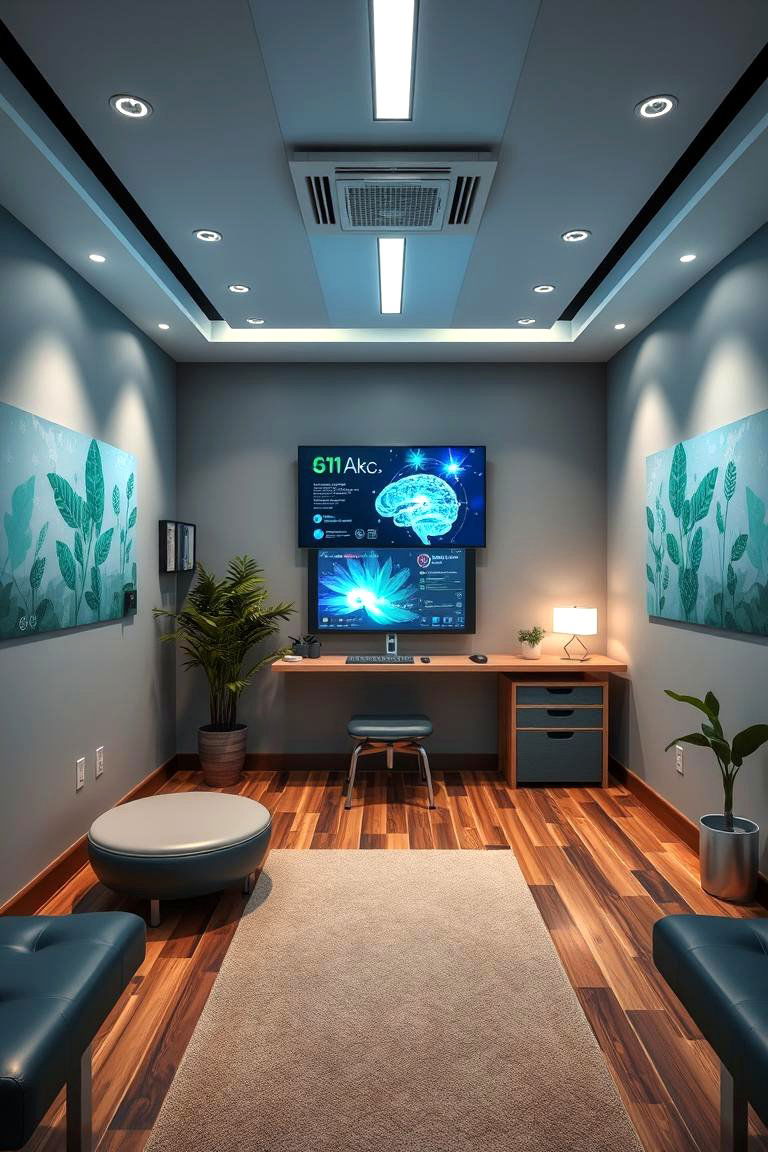
With the modern world in mind, tech-integrated therapy combines smart technology with traditional design elements to enhance therapeutic experiences. This room features digital tools, interactive displays, and calming interfaces that complement a serene environment. Automated lighting, sound systems, and adjustable temperature settings provide functionality without sacrificing warmth. Carefully balanced with natural elements, this design streamlines sessions and fosters engaging, innovative healing practices.
19. Therapeutic Lighting Concepts

Through the clever use of light, therapeutic lighting concepts elevate a room’s mood and energy. This idea involves a mix of natural light and innovative fixtures that adjust to different therapy sessions. Soft, diffused illumination paired with focused accent lighting creates a warm, inviting atmosphere that reduces anxiety and boosts positivity. Layered lighting, dimmer switches, and reflective surfaces are practical features that empower both clients and therapists to flourish during their sessions.
20. Open Airy Environment
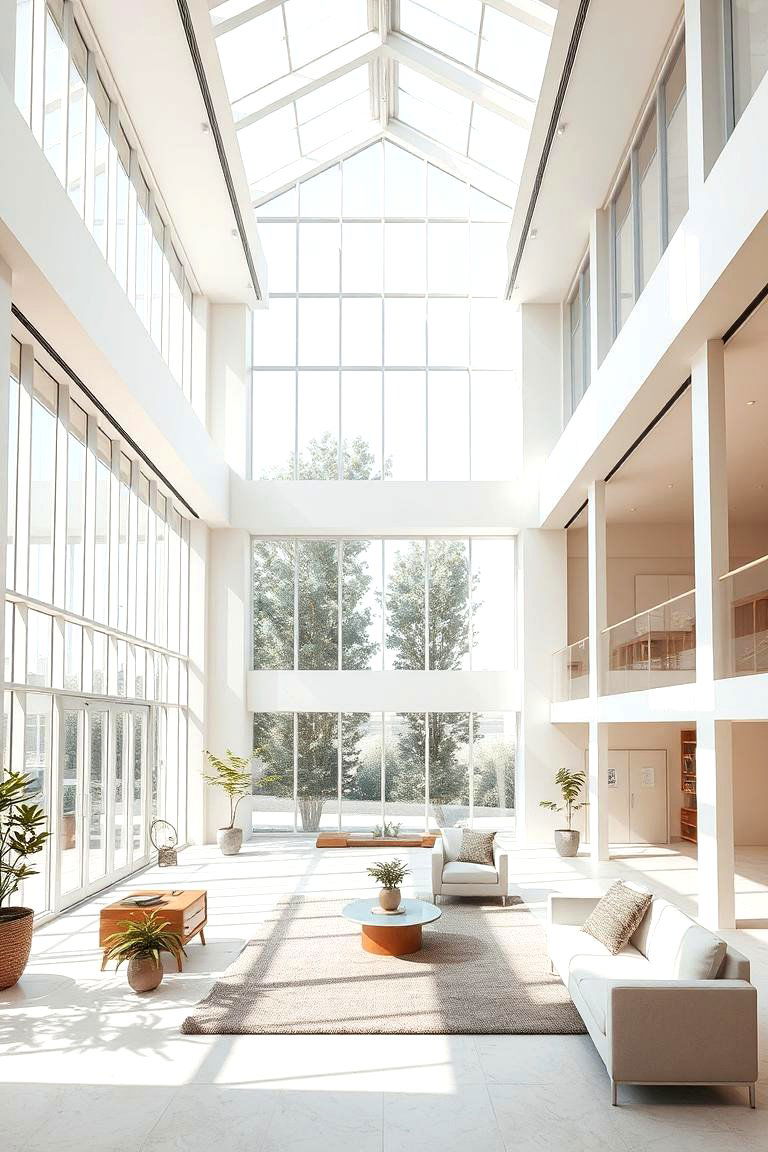
To create a sense of freedom and expansiveness, an open airy environment embraces light, space, and simplicity. This therapist room idea maximizes natural light through large windows and minimal partitions, fostering an atmosphere of openness and balance. Soft neutral colors and uncluttered layouts contribute to a calming backdrop that supports focused dialogue and introspection. Thoughtful furniture placement enhances accessibility and comfort, inspiring clear thinking and creative breakthroughs.
21. Comfortable Furnishings Nook
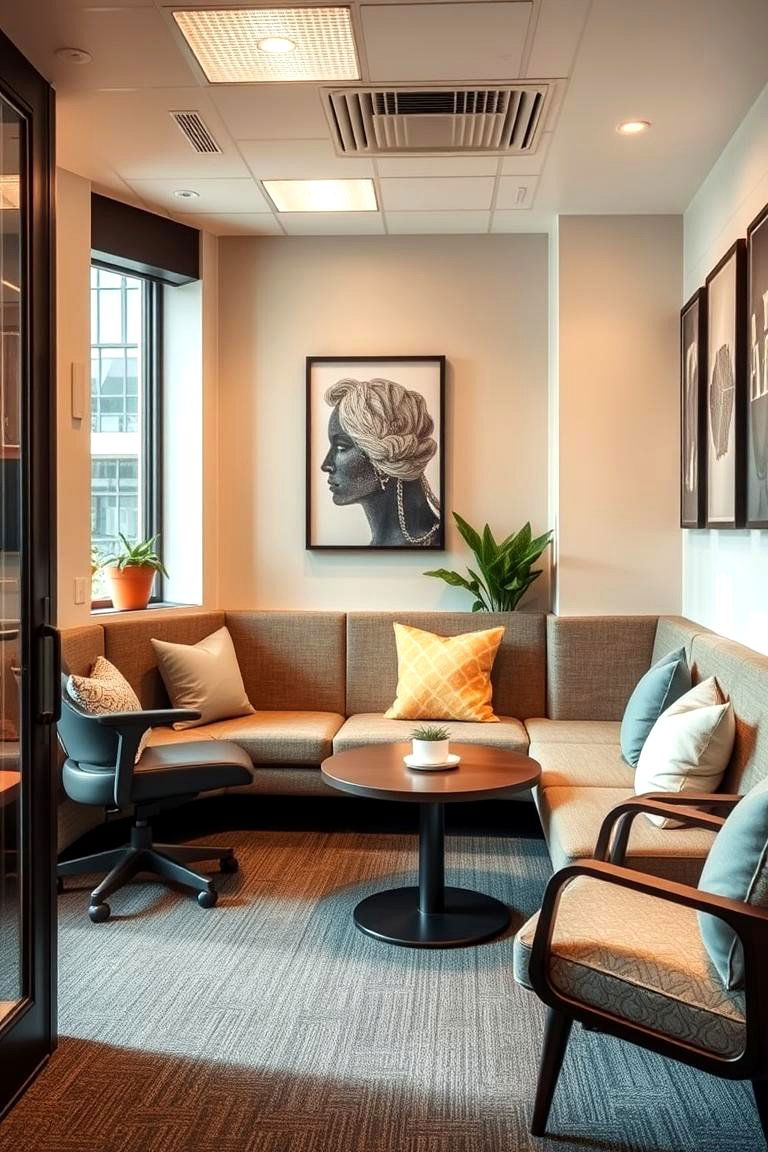
Consider a dedicated nook filled with comfortable furnishings that invite relaxation and open conversation. This therapist room idea emphasizes ergonomic seating, soft cushions, and inviting textures that make clients feel at home. The design focuses on accessibility and warmth with gentle colors and well-placed decor enhancing the cozy ambiance. Strategic arrangements ensure flexibility for individual sessions or group discussions, making it a perfect space for healing and reflective dialogue.
22. Customizable Therapy Space
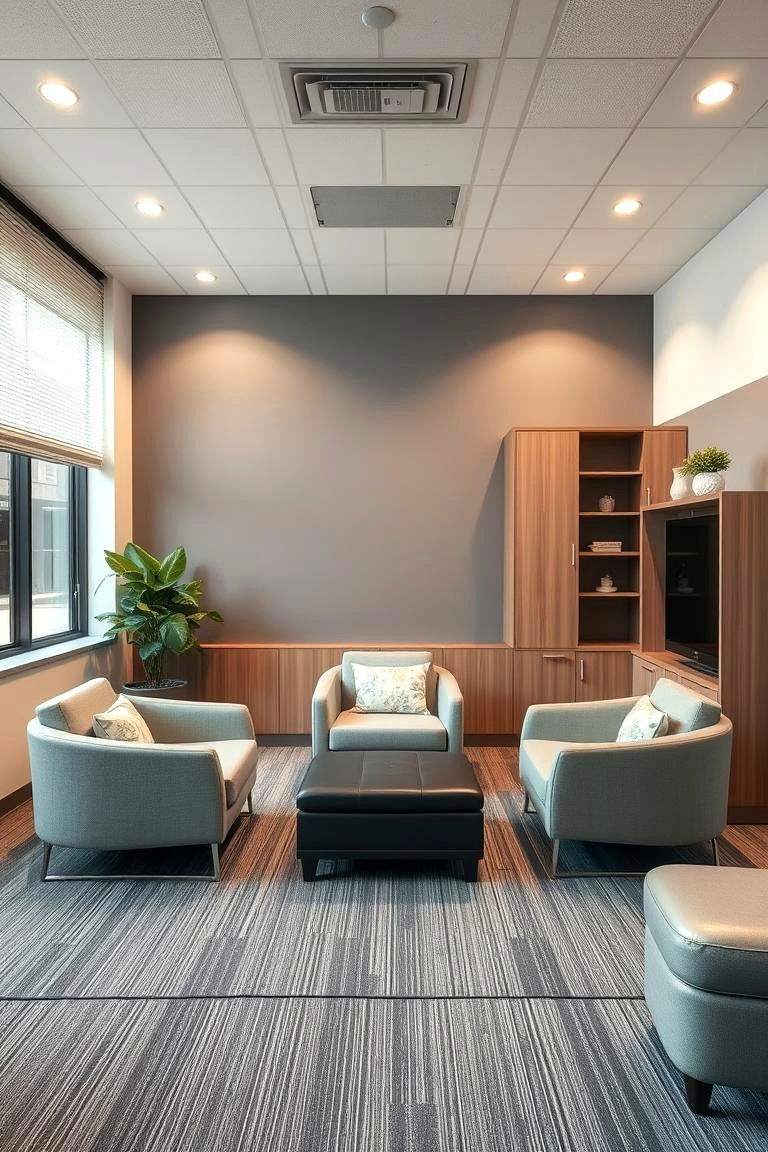
With a focus on adaptability, a customizable therapy space empowers both therapists and clients. This design features modular furniture, adjustable lighting, and versatile layouts that can be tailored to various therapeutic approaches. Every element is chosen to promote ease of rearrangement and personalization, ensuring the room evolves with each session’s needs. A neutral base is enriched with personal touches, creating a dynamic environment that supports comfort and effective healing.
23. Inspiring Art Adornments
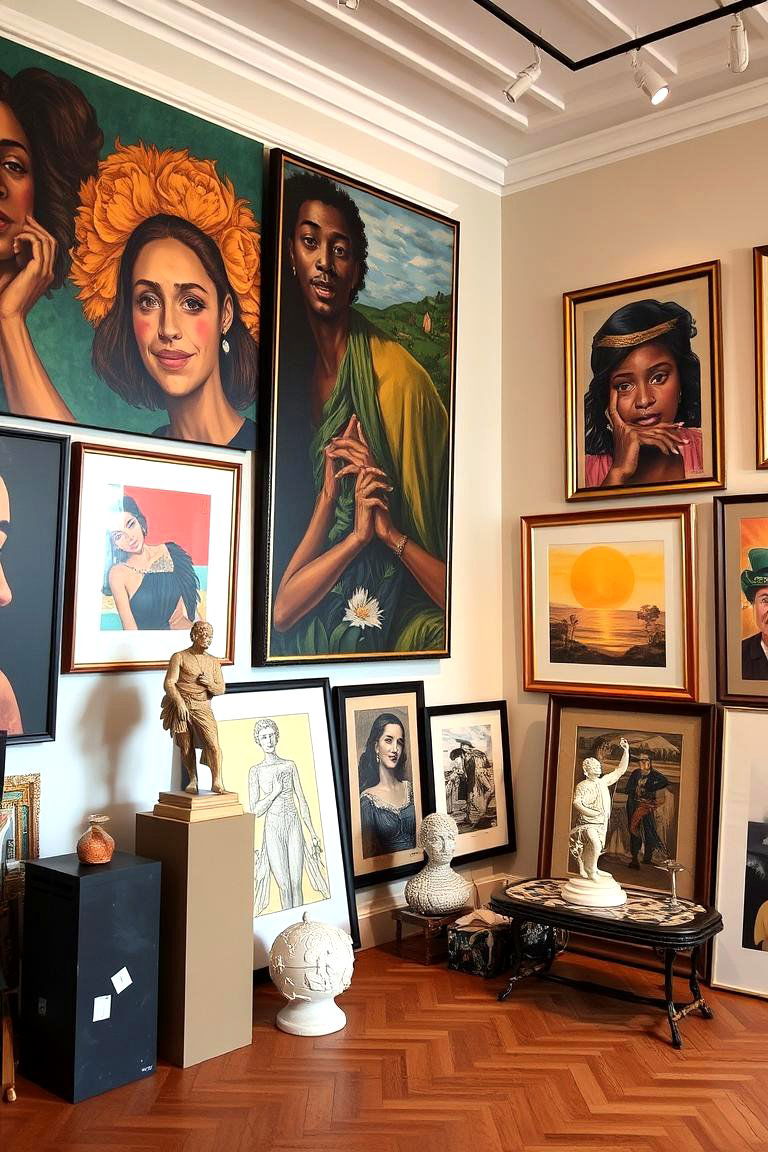
With a flair for creativity, inspiring art adornments bring a unique energy to a therapist room. This concept features a curated collection of artwork that stimulates conversation, introspection, and emotional exploration. Bold murals, tasteful sculptures, and subtle prints are thoughtfully integrated as focal points that captivate the eye and soothe the spirit. The art not only enhances aesthetics but also sparks meaningful dialogue during healing sessions.
24. Sustainable Healing Design
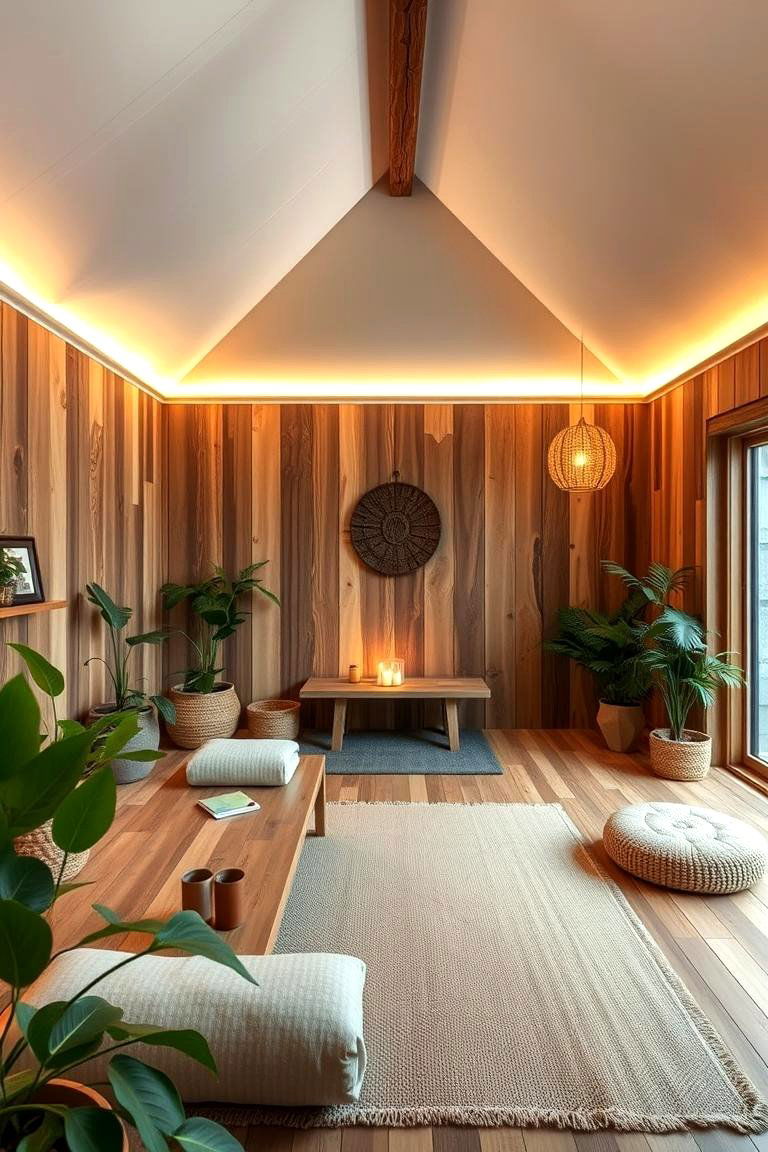
From eco-friendly materials to energy-efficient lighting, sustainable healing design creates a therapy space that cares for both people and the planet. This concept emphasizes reclaimed wood, natural fabrics, and low-impact decor that minimize environmental footprints. The design fosters responsibility and mindfulness while ensuring a warm, inviting ambiance. Recycled furniture and green plants complete this forward-thinking approach, inspiring both therapists and clients to embrace eco-conscious practices while nurturing well-being.
Conclusion:
Drawing together these transformative ideas, each therapist room concept uniquely blends functionality with creativity to foster healing and growth. The designs range from serene sanctuaries to eco-conscious spaces, each meticulously crafted to support emotional well-being and client engagement. Embracing natural elements, flexible layouts, and innovative lighting, these ideas empower therapists to create environments that nurture both personal connection and professional excellence. Every detail, from artistic adornments to sustainable materials, contributes to a space where healing is a lived experience. These insights invite you to reimagine your therapy space and inspire transformative change.


